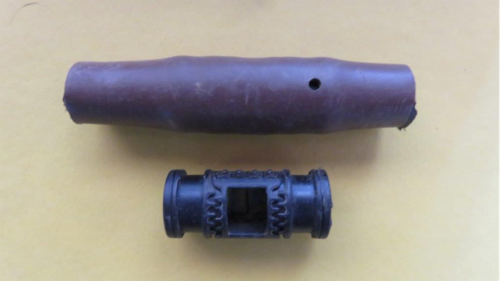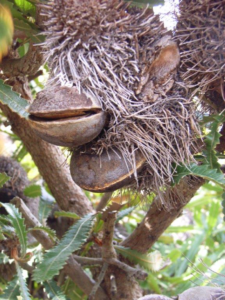
Gardening columnist CEDRIC BRYANT reveals the most effective method for watering garden beds in the face of a hot, dry summer.
IN Canberra and Queanbeyan “Permanent Water Conservation” measures are in place.

Basically, this means that, from September to May, sprinklers may be used on lawns and garden beds only between 6pm and 9am.
Obviously, this is when the evaporation is lowest.
The wasteful use of water to wash driveways is definitely out at any time! The full details are at the IconWater website.
The continuing dry means more time is taken in watering plants; some require more water than others, for example annuals with shallow roots dry out very quickly. Whereas perennials, many from the hottest parts of the world such as the Mediterranean area, require considerably less frequent watering.
As a reminder, Canberra’s average annual rainfall is 619 millimetres and the evaporation is a massive 1800 millimetres. To the end of October, our rainfall has been about 350 millimetres. While this can vary considerably between Tuggeranong to, say, Belconnen, evaporation continues at the same vicious rate. Mulching garden beds to a depth of about 75 millimetres reduces this considerably.
The most effective method for watering garden beds is using drip irrigation. The most ineffective method of watering plants is with a hand-held hose and the best way to water plants in pots is to use a watering can.
Drip irrigation provides an even distribution of water soaking directly to the root zone; usually each drip outlet is 30 centimetres apart and emits two litres an hour. Whereas micro sprays watering the surface simply wets the mulch with only a small amount penetrating the soil and possibly none to the roots.
There is some confusion in thinking a drip pipe is simply a pipe with a series of holes. As illustrated here, quite a complicated valve is inserted into the pipe during manufacture. This controls exactly the amount of water as described above.
It is important when buying drip pipe to always insist on “pressure-compensating” pipe, which will ensure an even pressure throughout the length of the pipe.
It is recommended that the drip line is placed 40 centimetres apart ensuring all plants receive adequate water.
I have emphasised watering this week given the weather bureau is predicting very little rain this summer. Our extra 4000-litre rainwater tank is due to be installed shortly.
MANY new to gardening think native plants are the answer as opposed to exotic or introduced plants. Native plants in the wild have adapted over millennia to cope with the extremes of weather.
For example, they shed leaves and build up a natural mulch to reduce evaporation. In addition many drop seeds that remain dormant in that mulch until conditions are right, such as rainfall.

Some will only release their seeds with the application of heat such as bushfires. This is why our native bush revives itself after such fires. As an example, banksias have a particularly hard seed case. When we had our nursery, we placed the seeds in the oven as an artificial method of using them for propagation.
However, when native plants are introduced into the home garden it is a completely alien environment. They need the same regular feeding and watering like any other plant, and even pruning. Most native plants don’t have the rigid conformity of shape as many exotic shrubs.
One important point I cannot stress enough when using native plants is not to plant them near the house, particularly near raised timber decks.
Most native plants have a high content of natural oils from eucalypts to tea trees and are highly flammable.
This was very evident in our Canberra fires of 2003 when embers landed near houses and on decks.
Who can be trusted?
In a world of spin and confusion, there’s never been a more important time to support independent journalism in Canberra.
If you trust our work online and want to enforce the power of independent voices, I invite you to make a small contribution.
Every dollar of support is invested back into our journalism to help keep citynews.com.au strong and free.
Thank you,
Ian Meikle, editor




Leave a Reply